Agasthyarasayanam
Kerala Ayurveda’s Agasthyarasayanam is an Ayurvedic medicine that is known to help ease respiratory discomfort. Ayurvedic medicine for asthma and bronchitis and respiratory tonics are known to contain powerful herbs that can ease congestion that causes problems in breathing.
Benefits of medicines and herbs used in the Ayurvedic treatment for bronchitis include:
-
They contain antitussive, anti-inflammatory, anti-bacterial, anti-allergic, anti-microbial, antioxidant, carminative, and mild laxative medicinal properties.
-
Boosts the immunity level in the body and strengthens the overall health to avoid any ailment.
-
Unlike acute bronchitis medicine in western medicine, medications for bronchitis treatment are made from naturally occurring herbs and ingredients. They are known to help reduce inflammation of the lining in the bronchial tubes thus, providing a feeling of relief.
-
Helpful in the treatment of common cold, allergic rhinitis, chronic sinus infection (sinusitis), cough due to all underlying causes, asthma and hiccup.
-
Agasthyarasayanam contains herbs and other ingredients, which cumulatively work as a vata pitta kapha balance medicine.
Ingredients
Agasthyarasayanam contains many natural herbs that have healing properties as shown in Ayurvedic texts. All these herbs are known to help with the treatment of bronchial infections as well as acute and chronic disorders of the respiratory tract like hoarseness of voice, cough, dyspnea, and asthma.
Some of the key ingredients that make up Kerala Ayurveda’s Agasthyarasayanam are:
-
Dasamoolam:
The name Dasamoola or Dasamula is a combination of two Sanskrit words ‘Dasa’ – Ten and ‘Moola’ – Root. These combinations are very effective for the treatment of intermittent fever, colic pain and respiratory disorders. -
Shankapushpi:
Shankhpushpi is a rasayana herb that rejuvenates the mind and body, has an anti-aging effect, nourishes all dhatus (bodily tissues), and improves life expectancy. -
Shati:
Shati (Hedychium spicatum) or zedoary an Ayurvedic herb is known to treat digestive disorders, cardiac, debility, blood disorders, respiratory afflictions, and skin diseases.
-
Bala:
According to Ayurveda ‘Bala’ balances all the doshas – vata, pitta, kapha. It has more effect on vata dosha.
Other ingredients include:
-
Atmagupta
-
Yava – Barley
-
Gajapippali
-
Pippali moola
-
Hareetaki
-
Bharngi
-
Pushkaramoola
-
Chitraka
-
Apamarga
The recommended dosage for adults is 1-2 tsps once or twice a day, before or after food, along with warm water or honey. Or advised by your Ayurvedic doctor.
An Ayurvedic Approach to Breathlessness
Ayurveda is an age-old tradition where the primary goal is to help an individual live a long, healthy and balanced life without the need for prescription drugs, complicated surgeries or suffering through painful conditions. Ayurvedic medicine is based on the premise that every individual has three doshas: Vata, Pitta and Kapha, and that disease and illness originate from an imbalance in the three energies and a disconnect from nature.
According to Ayurvedic science, shortness of breath or breathlessness is usually caused due to an increased imbalance in kapha dosha. However, sometimes it can also be considered a vata condition.
In Ayurveda, the lungs and the stomach are important sites of kapha dosha and mucus or phlegm is produced in the stomach and accumulates in the lungs. It is then distributed to other sites in the respiratory tract manifesting as imbalances. So, when an individual experiences shortness of breath due to increased kapha, there is a marked decrease in blood circulation. This also causes the heart and lungs to work extra hard to deliver oxygen to all of the cells in the body, as the thickened kapha congests the vascular system. Clogged arteries, especially arteries to the heart can lead to shortness of breath.
Deficient vata may also be the root cause of shortness of breath. If an individual experiences dizziness, fatigue, muscle weakness, or exhaustion with shortness of breath, this may be due to vata type deficiency.
Breathlessness – An Overview
Breathlessness or shortness of breath is an unpleasant sensation of uncomfortable, rapid or difficult breathing. The medical term is dyspnoea during which an individual may experience a feeling of chest tightening and pain or discomfort while breathing. The reason for breathlessness is that the body needs more oxygen than it is getting and so an individual will try to breathe faster to increase the flow of oxygen-rich air into the lungs. From the lungs, oxygen gets into the bloodstream and is pumped throughout the body by the heart. Most cases of shortness of breath are due to heart or lung conditions.
Anyone can and may experience breathlessness if they participate in an activity that increases the heart-rate or if they exert themselves beyond their usual comfort zone. However, if an individual experiences breathlessness in situations apart from this, then below are some of the most common causes.
Shortness of breath that comes on suddenly (acute) has a limited number of causes, including:
-
Anaphylaxis (a severe allergic reaction)
-
Asthma
-
Carbon monoxide poisoning
-
Cardiac tamponade (excess fluid around the heart)
-
Heart attack, arrhythmias (heart rhythm problems), or failure
-
Pneumonia (and other pulmonary infections)
-
Pneumothorax (collapsed lung)
-
Sudden blood loss
-
Upper airway obstruction (blockage in the breathing passage)
In the case of shortness of breath that has lasted for weeks or longer (chronic), the condition is often due to:
-
Asthma
-
COPD (chronic obstructive pulmonary disease) exacerbation — worsening of symptoms
-
Heart dysfunction
-
Interstitial lung disease
-
Obesity
-
Pleural effusion (accumulation of fluid around the lungs)
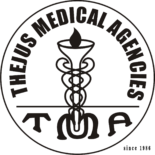
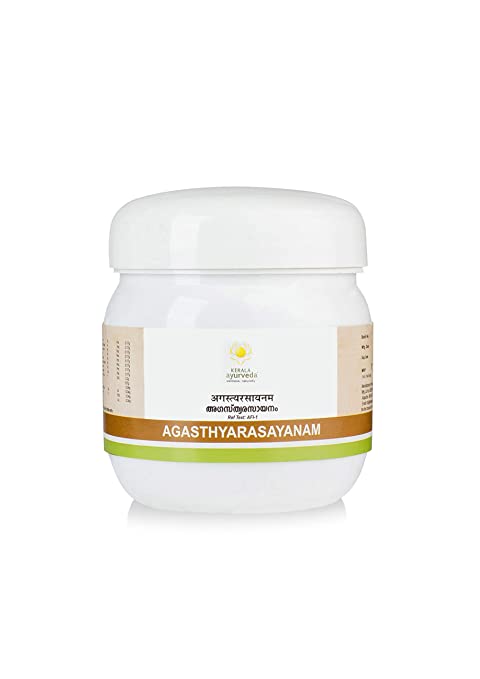
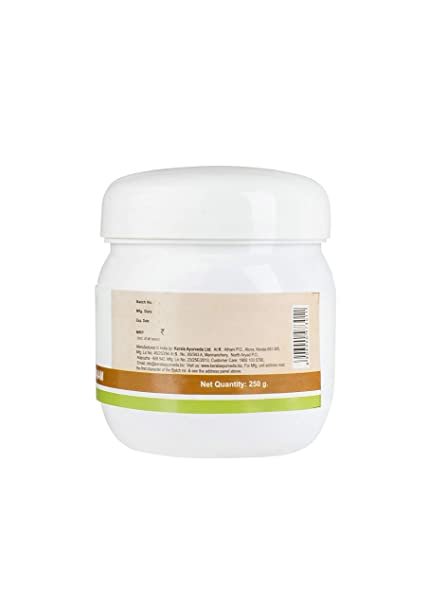
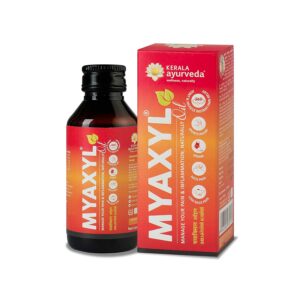
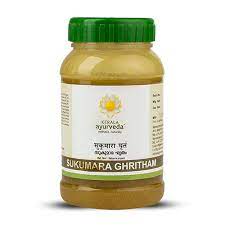
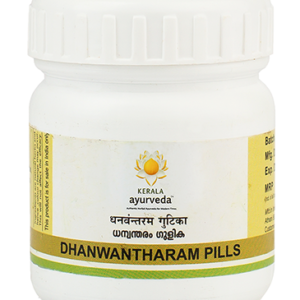
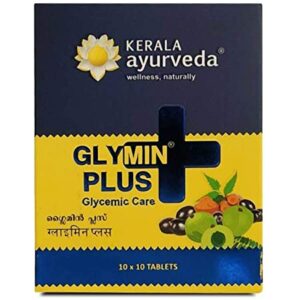
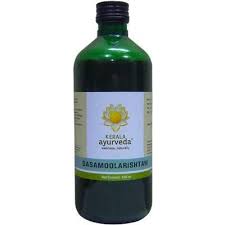
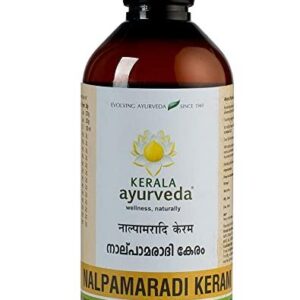
Reviews
There are no reviews yet.